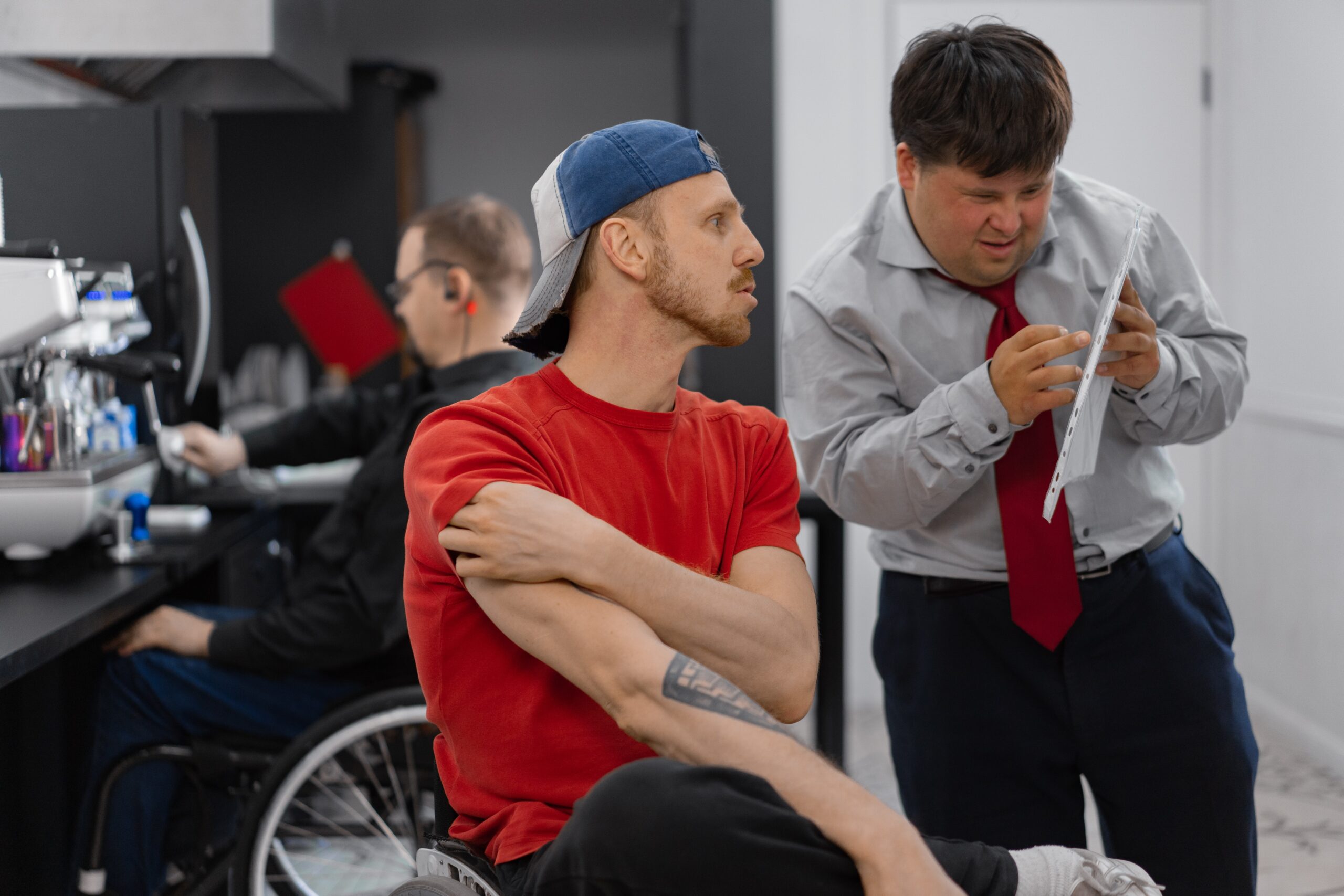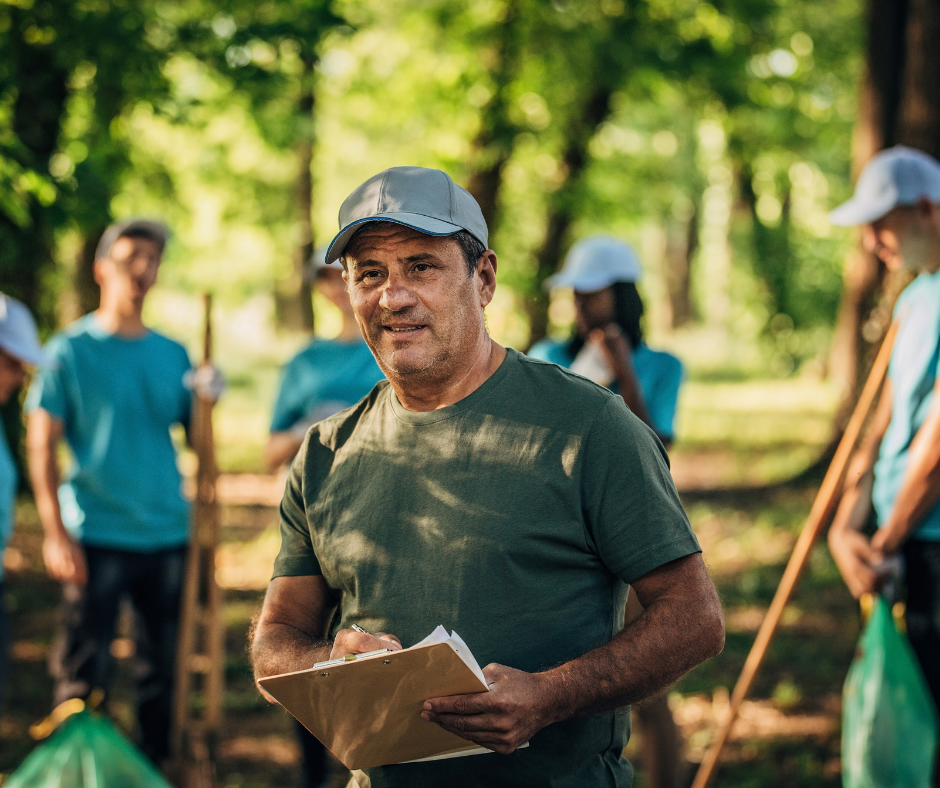What to expect when volunteering


Every organisation is different, but we hope that when someone first starts volunteering that there is an orientation, which should include things like:
- Showing the new volunteer how to do the role. This could be through training videos, being buddied up with a more experienced volunteer or providing one task at a time, and then adding more as the volunteer gets confident. There may also be online training. If the person you are supporting may have challenges with this, ask the volunteer manager for help or check that it’s OK for the online training to be done at home where someone can assist them.
- Told information like where the bathrooms are, where the kitchen is and introduce you to other people you will be working with. These might be other volunteers and/or paid workers.
- Provide information about how to be safe at work, including where to evacuate to if there is a fire or emergency. We have some Work Health Safety videos you can view here. The volunteer organisation should also have volunteer insurance.
- Sometimes volunteers will be asked to sign forms, like a Code of Conduct. If you think the person you are supporting might have trouble understanding the forms before signing, it’s OK to ask that they be sent home and someone trusted can help to read and understand them (or sign on their behalf if that person has a guardian).
- Information about who to contact and how if the person you are supporting can’t volunteer.
- Who to speak to if there are questions about the volunteering role or if there is a complaint or concern.

Everyone should have the opportunity to feel safe and comfortable while volunteering. It might take a while to feel more confident in the volunteer role. Remember, nearly everyone is nervous when they first start!
